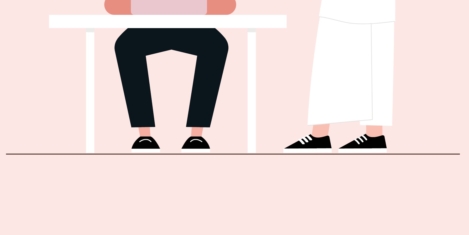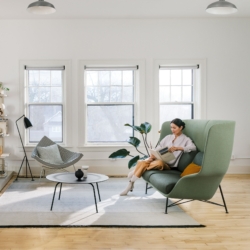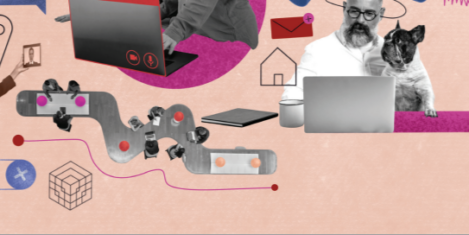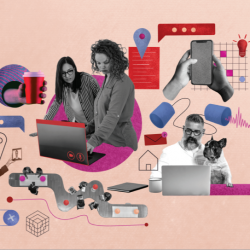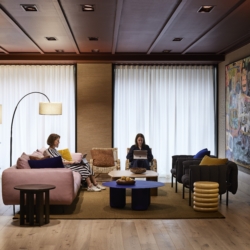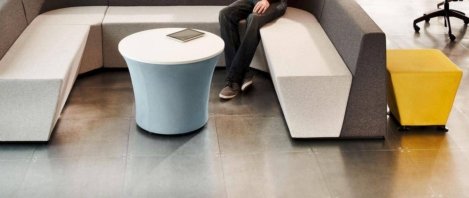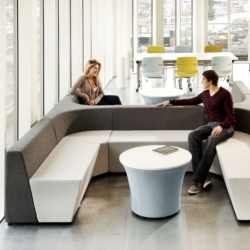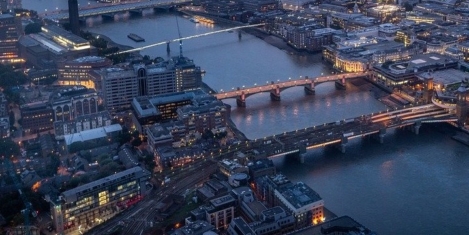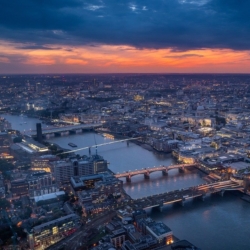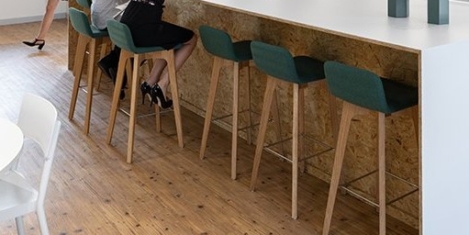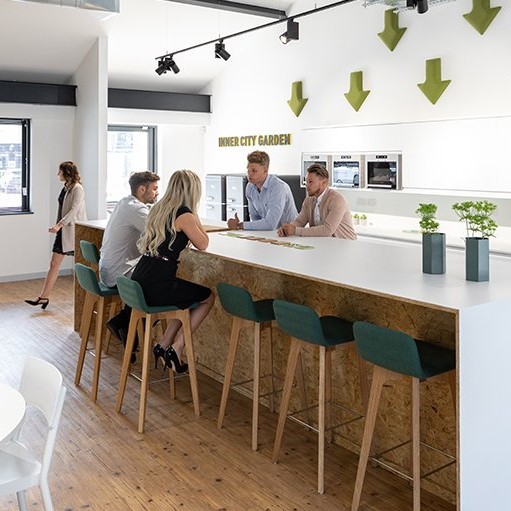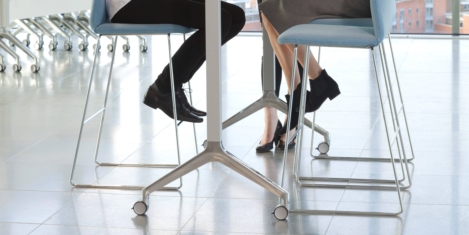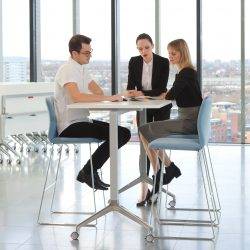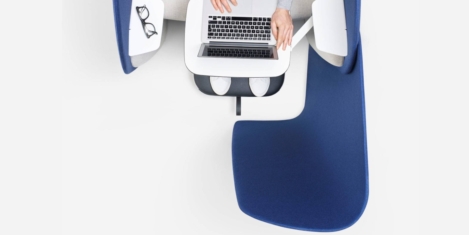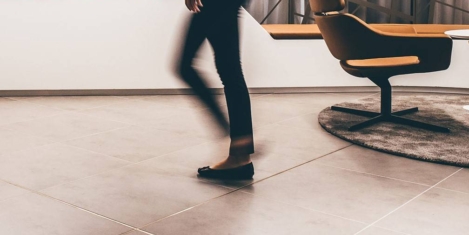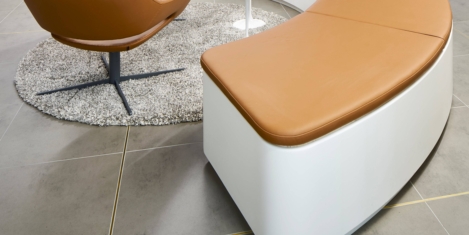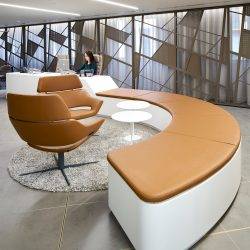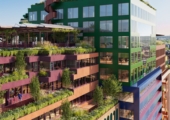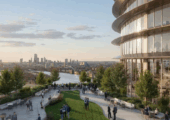December 18, 2024
A divine spark of inspiration for office occupiers and designers
 Organisations are having to rethink the form and function of their offices in ways unprecedented in their relatively short history. And perhaps the biggest challenge is to create places to work that reflect the organisation’s culture and the needs of the people who work there (some of the time). One possible framework for aligning an office design model with the culture of the organisation is presented in a supplement published for IN Magazine called Gods of Work. Published in partnership with Modus, it draws on management and organisational theory and established models of office design to suggest solutions to some of the challenges facing organisations as they rethink the way they work. The office of the future for most organisations will be smaller, but much better and we hope this becomes an invaluable guide for those setting out on that path.
Organisations are having to rethink the form and function of their offices in ways unprecedented in their relatively short history. And perhaps the biggest challenge is to create places to work that reflect the organisation’s culture and the needs of the people who work there (some of the time). One possible framework for aligning an office design model with the culture of the organisation is presented in a supplement published for IN Magazine called Gods of Work. Published in partnership with Modus, it draws on management and organisational theory and established models of office design to suggest solutions to some of the challenges facing organisations as they rethink the way they work. The office of the future for most organisations will be smaller, but much better and we hope this becomes an invaluable guide for those setting out on that path.






